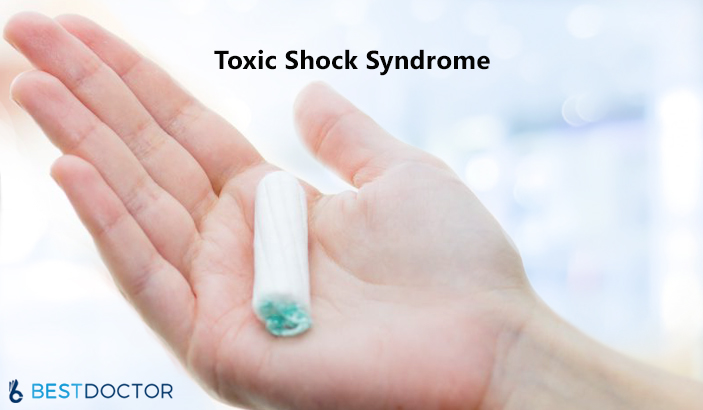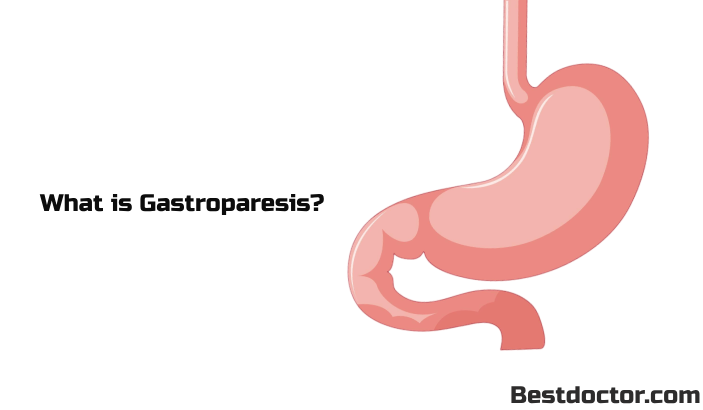If you are worried about losing your life to the dire viral infections, wait till you come across equally life-threatening bacterial infections.
What Is Toxic Shock Syndrome?
Toxic Shock Syndrome is one such bacterial infection that is a result of toxins released by Staphylococcus aureus (Staph) bacteria and, at times, toxins produced by group A streptococcus (strep) bacteria.
Usually, Toxic Shock Syndrome is associated with the use of superabsorbent tampons. However, since the supply of such tampons has declined in the market, the cases of TSS Syndrome have drastically declined in menstruating women.
Then again, cases of TSS are not confined to women as men and children are vulnerable to encountering the infection too.
Toxic Shock Syndrome Causes
The primary reason why TSS can affect your body is when the bacteria enter the body through an opening in the skin. The opening can be a natural one of a scar, sore, or wound.
How Likely Is It To Get TSS From A Tampon?
While experts have seen that using superabsorbent tampons is also a reason, scientists are not able to figure out how. The only assumption that they can count upon is that the use of one tampon for a long duration can give birth to bacteria. Also, if the tampons scratch the vaginal skin, the bacteria enter the body.
Other than the vagina, the bacteria can enter the body through the nose, surgical wounds, or any other kind of wound such as surgical wounds.
Toxic Shock Syndrome Rash – A Common Symptom
When one encounters the TSS, they have a severe fever and visible rash, accompanied by symptoms in three other organ systems. Most vulnerable organs in the body are skin, lungs, liver, kidneys, blood, and pancreas.
The rash of Toxic shock Syndrome is a sunburn-like rash that spreads across most of the body. However, it is not raised. The TSS rash is a flat rash that turns white when pressed. If the patient is dark-skinned, it becomes difficult to spot the rash.
Also, due to the rash, the tongue of the patient turns strawberry red along with redness in the eyes and lips. In many cases, the rash spreads to the sole of feet and palms.
Other Signs And Symptoms Of TSS Syndrome
While TSS rash is a symptom of the infection, there is more that can happen because of it;
- Fever higher than 102 F.
- Muscle Aches
- Headache
- Sore Throat
- Uncontrollable cough
- Vomiting
- Nausea
- Watery and profuse diarrhea
- Disorientation and confusion
- Lightheadedness and fainting
- Low blood pressure
Toxic Shock Syndrome Treatment Options
When you have encountered toxic shock syndrome, it is less likely that your physician will immediately detect the condition. When you visit the doctor, they will suggest you visit the emergency room immediately.
In the emergency room, various tests are performed on the patient’s body. These tests involve blood tests, pelvic exam, chest x-ray, electrocardiogram (ECG), and other tests that are done for other diseases to negate TSS.
Once the patient is diagnosed with TSS, they are immediately moved to the Intensive Care Unit. Here, the doctor first tries to eliminate all the infection-causing bacteria from the patient’s body.
- Firstly, the doctor removes the nasal packing, tampons, or any other potential sources of infection from the patient’s body. Then they administer a host of antibiotics on the patient’s body. Most of them prefer using multiple antibiotics because the bacteria can sometimes be too stubborn to eliminate with one antibiotic only.
- Once all the bacteria are removed, doctors try to support the patient’s body with life functions as it can take days to recover. The patient, at this stage, is given IV fluids and other medication to improve blood pressure, correct electrolytes, and oxygen in case of difficulty in breathing. Their kidney and liver functions, too, are closely monitored.
Sometimes, the infection is deeply rooted in the skin and requires a minor surgery for the recovery of the patient. For instance, if the infected area requires exposure for draining the bacteria or when it has reached the skin tissues, the patient might have to go under the knife.
Toxic Shock Syndrome is not one of those conditions that are cured once. Almost half of the cases have seen a relapse. Even though the relapse is not as strong, it does happen and can take a severe turn if ignored.








What Does Cloudy Urine Mean in Females and Males?
Palmar Hyperhidrosis: Understanding Causes, Symptoms, and Treatment
16 Warning Signs You Need to Go See Your Doctor As Early As Possible
Gastroparesis: Symptoms, Causes, Diagnosis, Treatment, and Life Expectancy